Having lived in Japan for a fair number of years, it’s easy to become blasé about the beauty of the cultural heritage that can be found throughout the country but every now and then, somewhere knocks you off your feet. Murin-an in Kyoto is such a place.
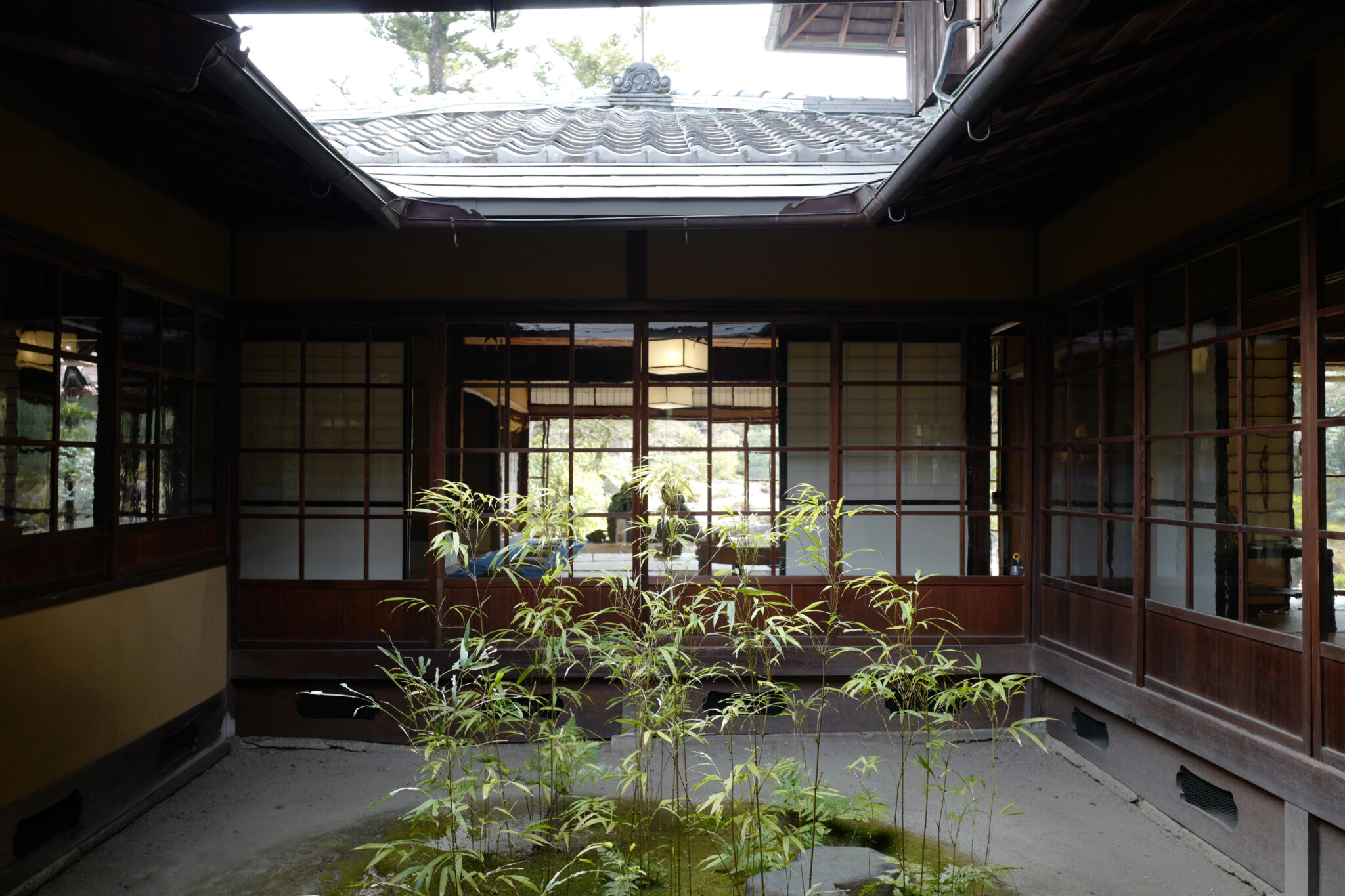
On a chilly early spring morning in Kyoto, we discovered Murin-an (無鄰菴) around the corner from the Airbnb where we were staying hidden behind high walls in the Nanzen-ji Temple area.
Murin-an was the garden villa of Yamagata Aritomo (山縣 有朋), one of Japan’s leading statesmen during the Meiji (1868-1912) and Taisho (1912-26) periods. It was constructed between 1894-96 and is made up of a garden and three buildings: the main house, a Western-style house, and a teahouse.
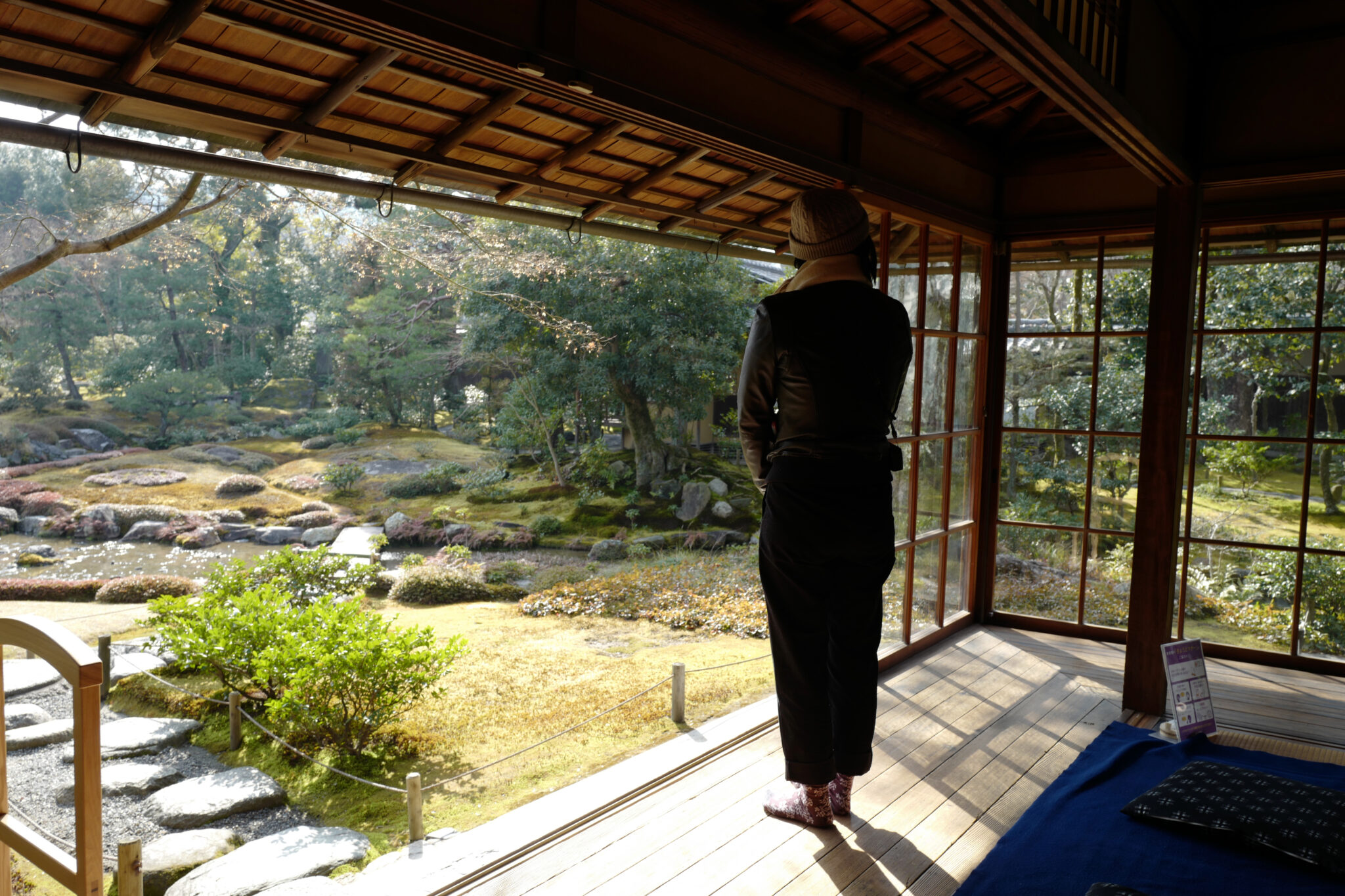
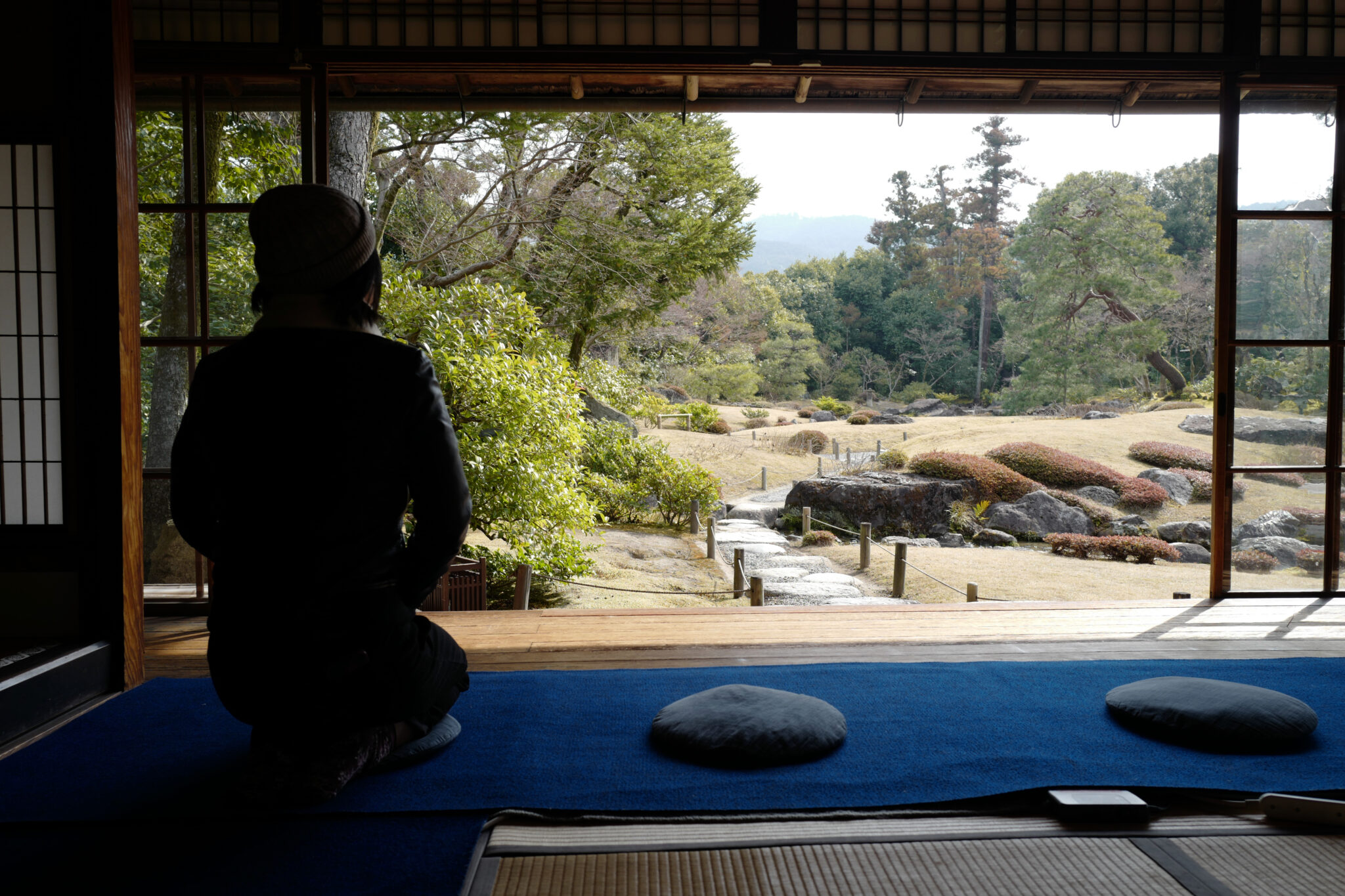
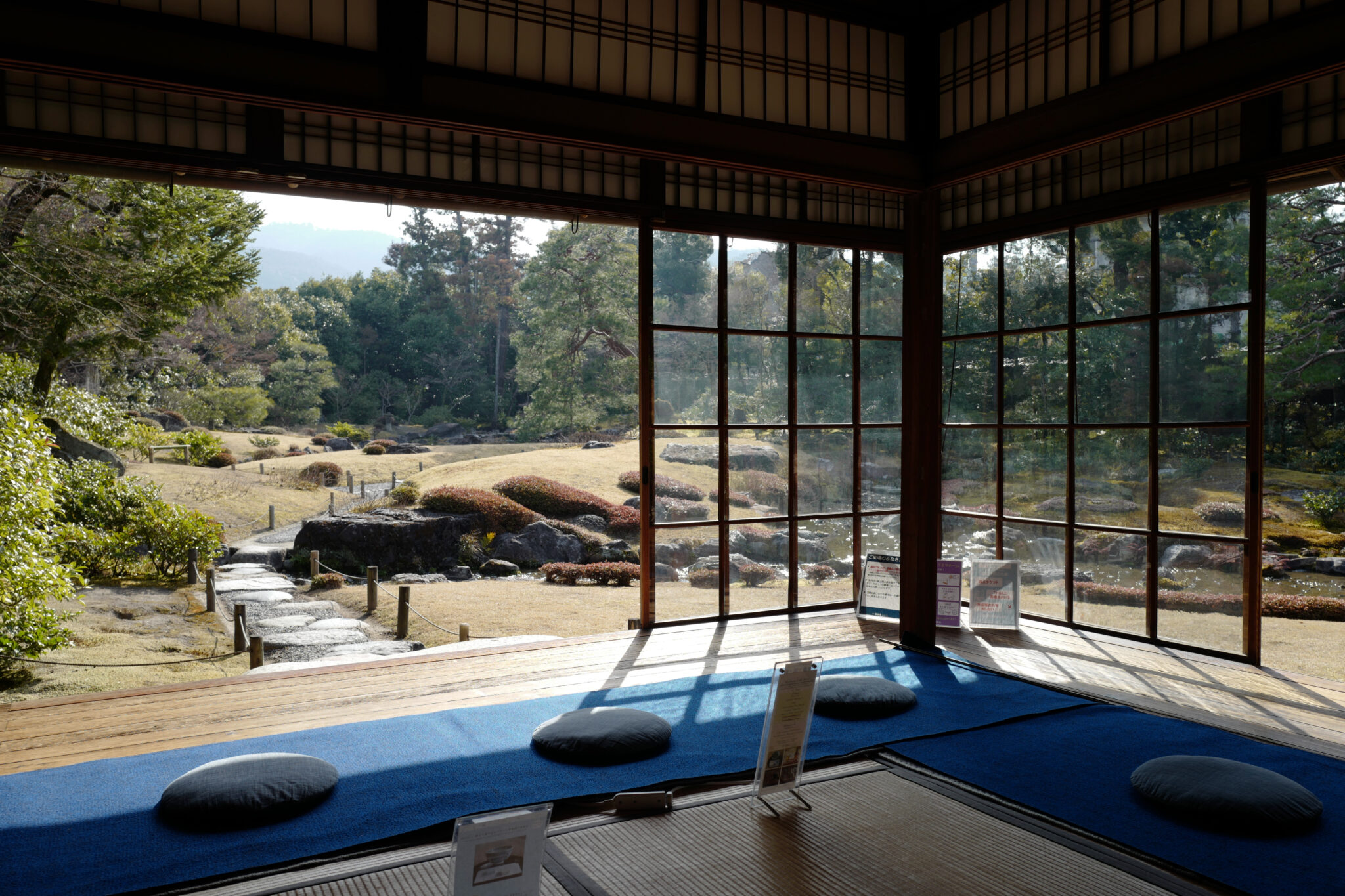
Upon entering, we were immediately enthralled by the bright morning light streaming through the big open windows of the two adjacent tamai mat rooms which take up most of the space in the relatively small Japanese house.
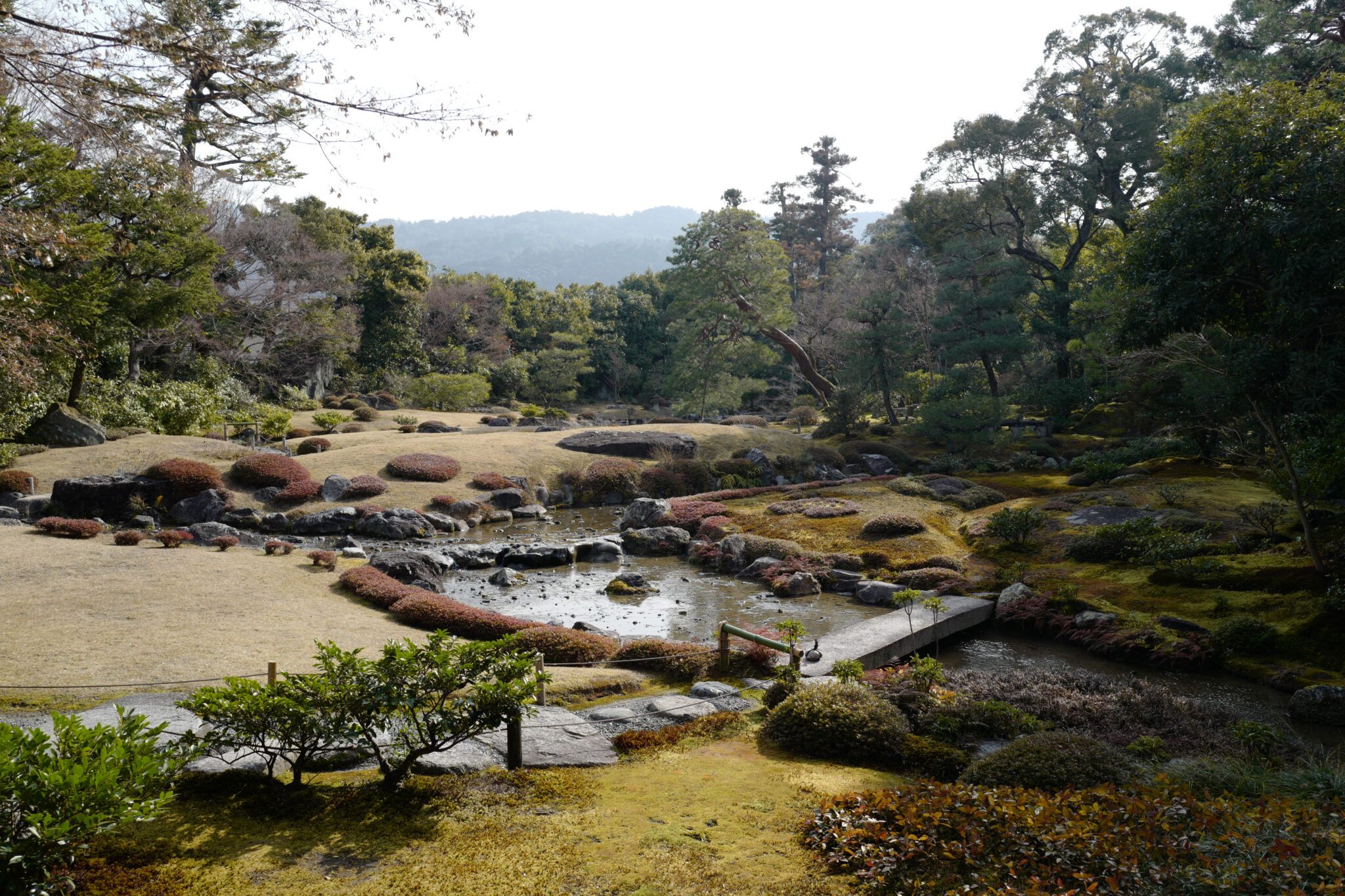
The garden is a modern Japanese masterpiece created by master gardener Ogawa Jihei VII (小川治兵衛) based upon Yamagata’s instructions.
The garden features a bright and spacious lawn that centers around the “borrowed” external landscape of the Higashiyama Mountains and the gentle rhythm of a water stream incorporating water from the nearby Lake Biwa Canal (琵琶湖疏水).
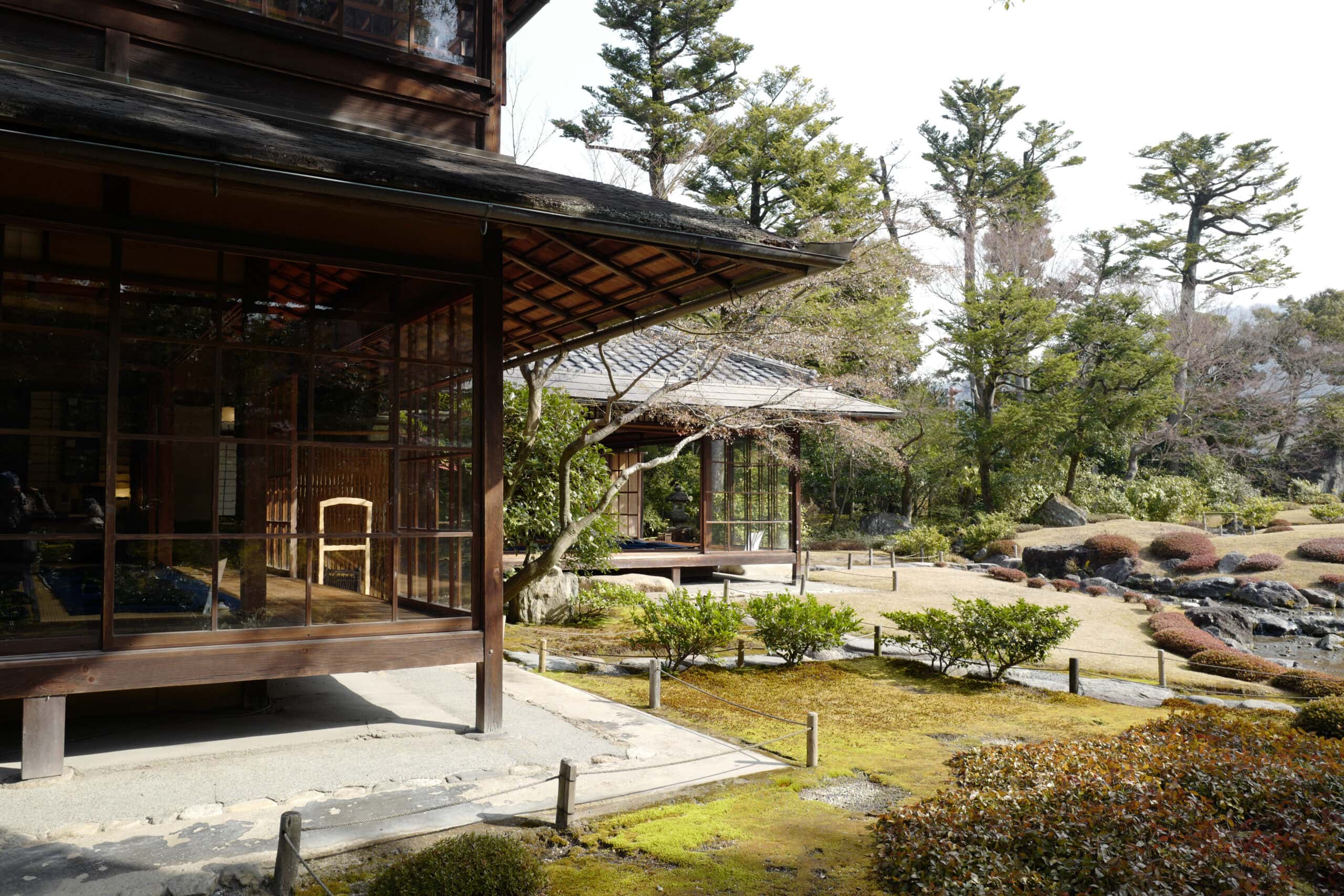
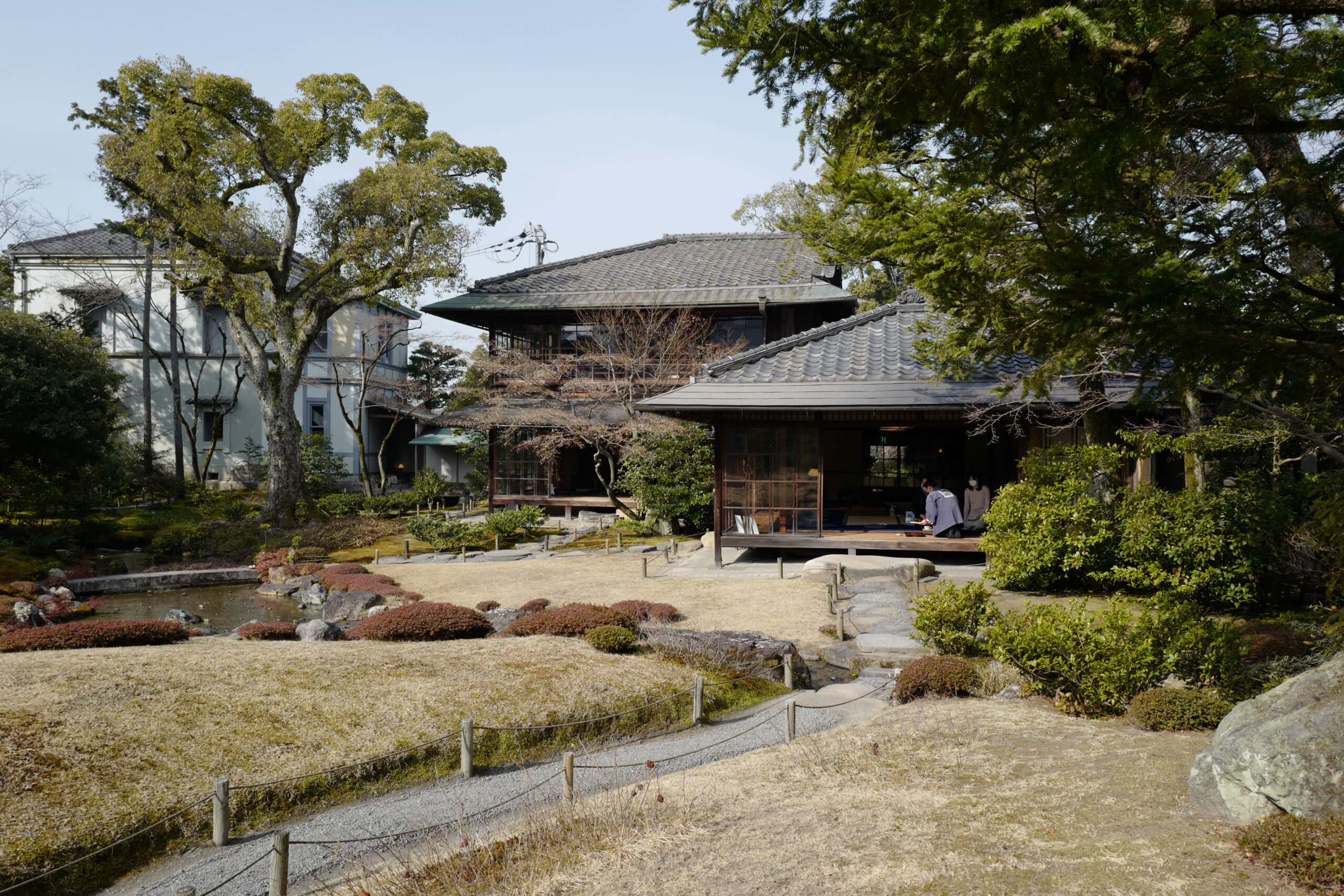
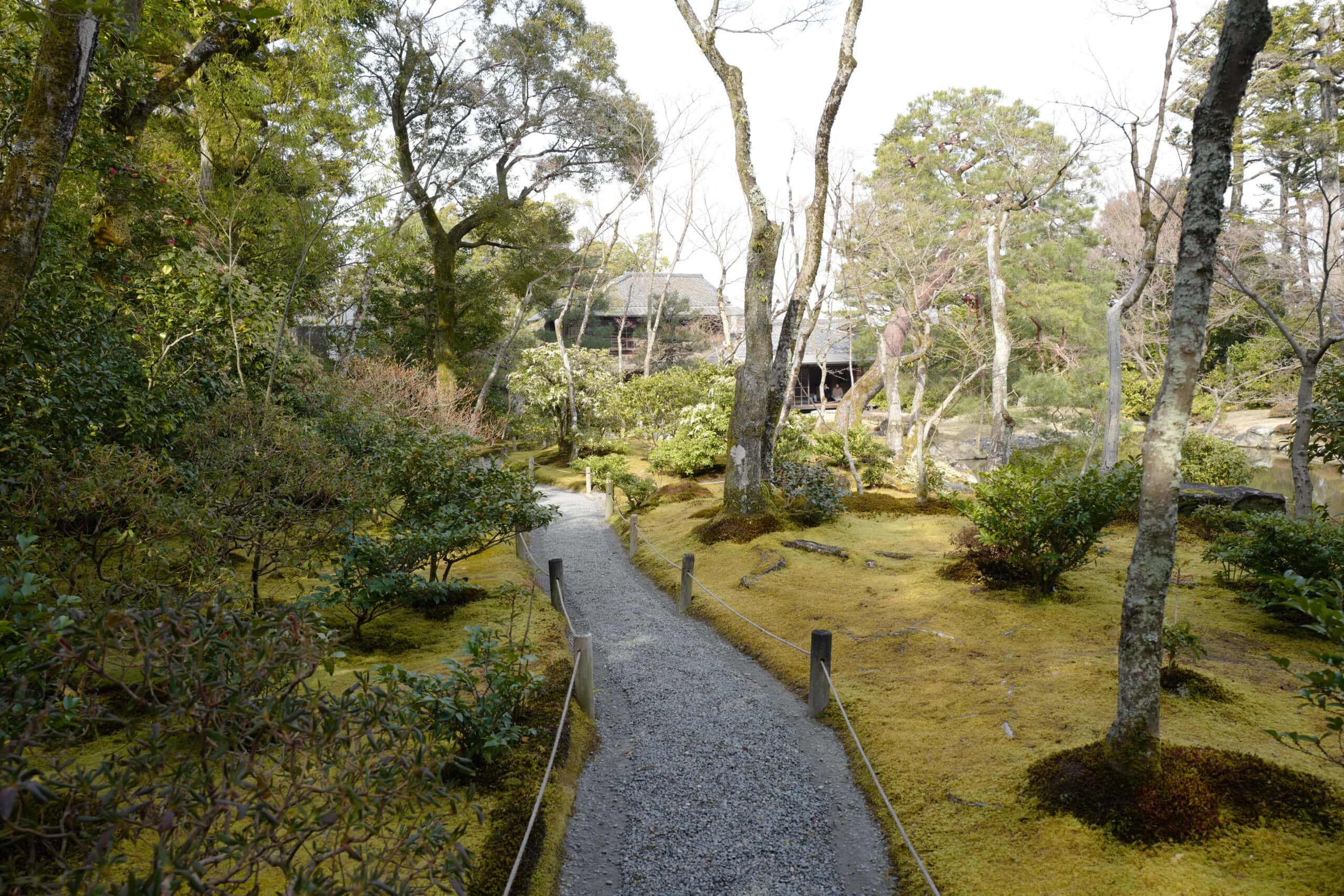
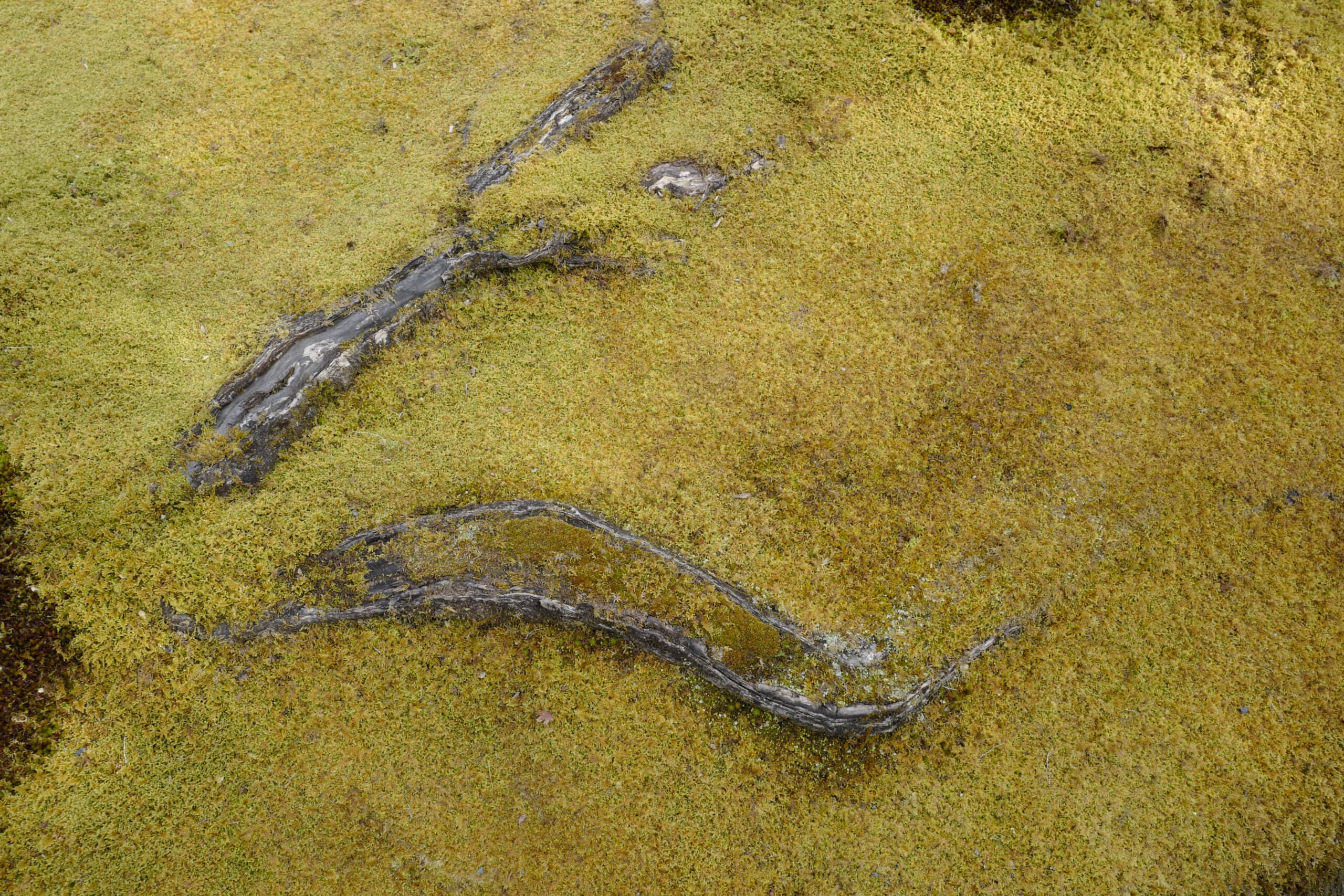
Unlike the gardens that prevailed in Japan until that time that likened ponds to oceans and rocks to islands, Murin-an was built upon a new naturalist view of gardens using the surrounding mountain landscapes and river streams themselves to produce a dynamic sense of motion.
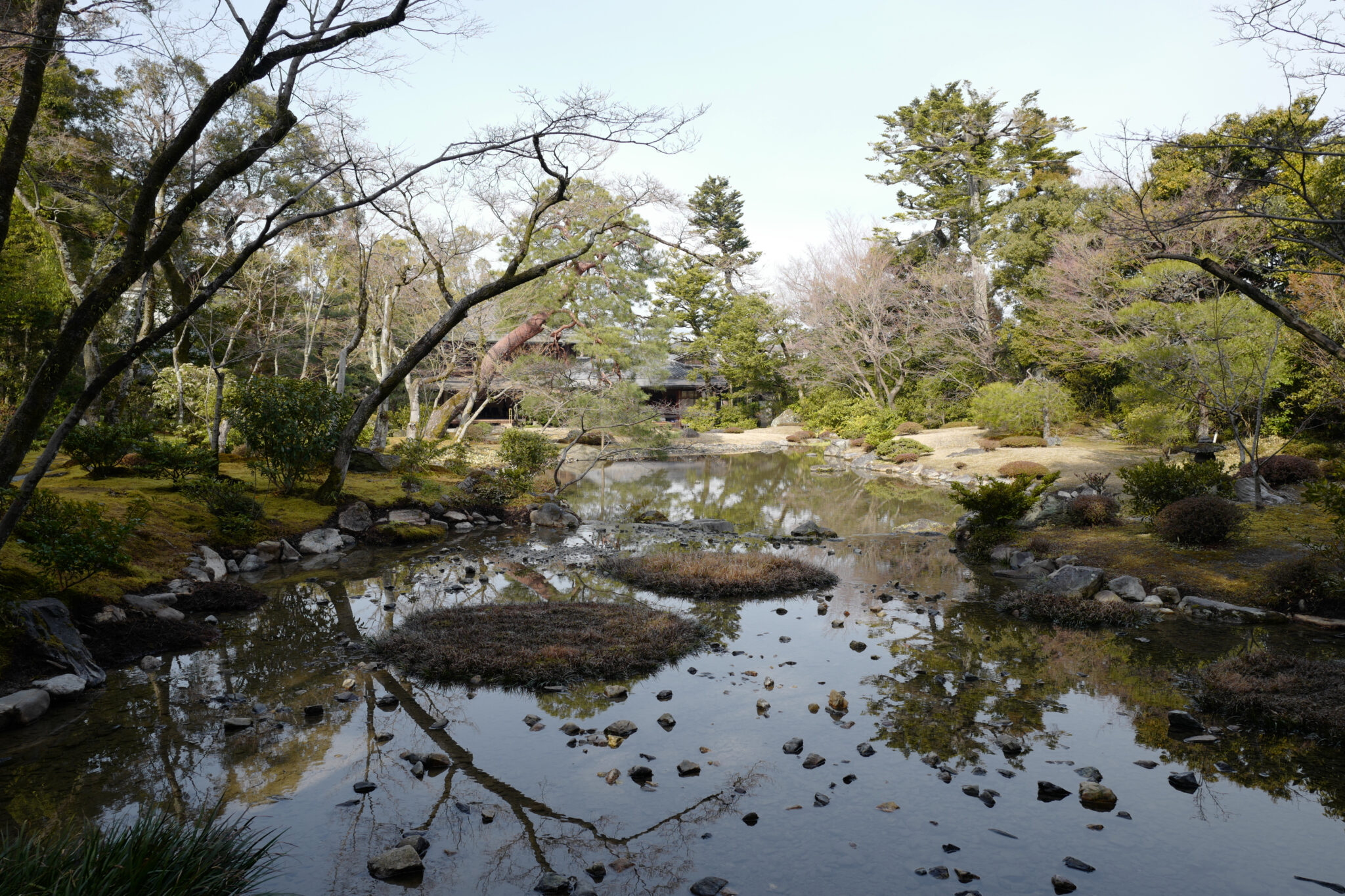
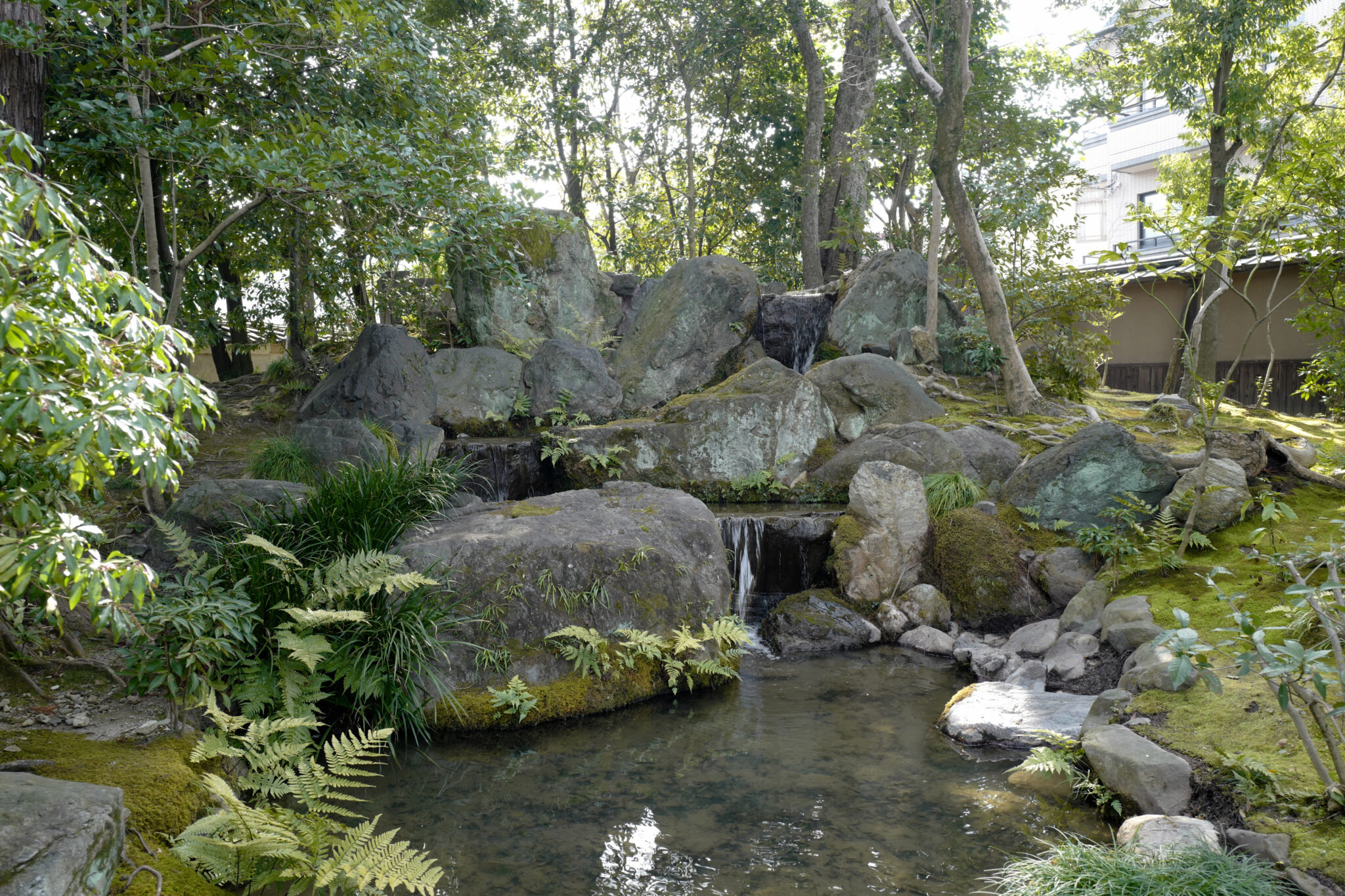
Each turn in the 3,300m² gardens presents a new view brimming with narrative themes, from the bright mountain landscape to the waterfall that appears to be deep in the mountains.
A siphon, rather than a noisy electric pump, is used to lift the water to the top of the waterfall.
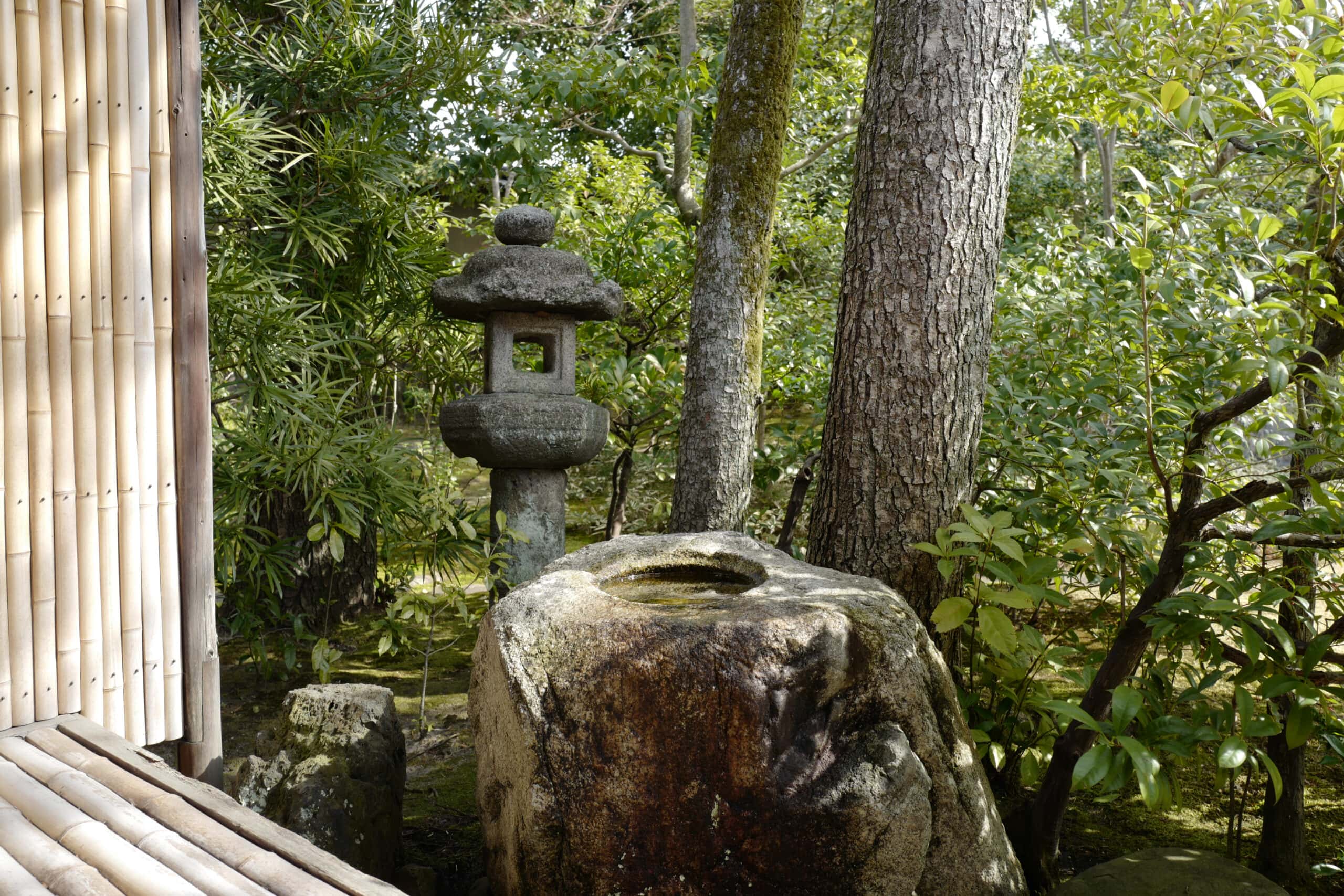
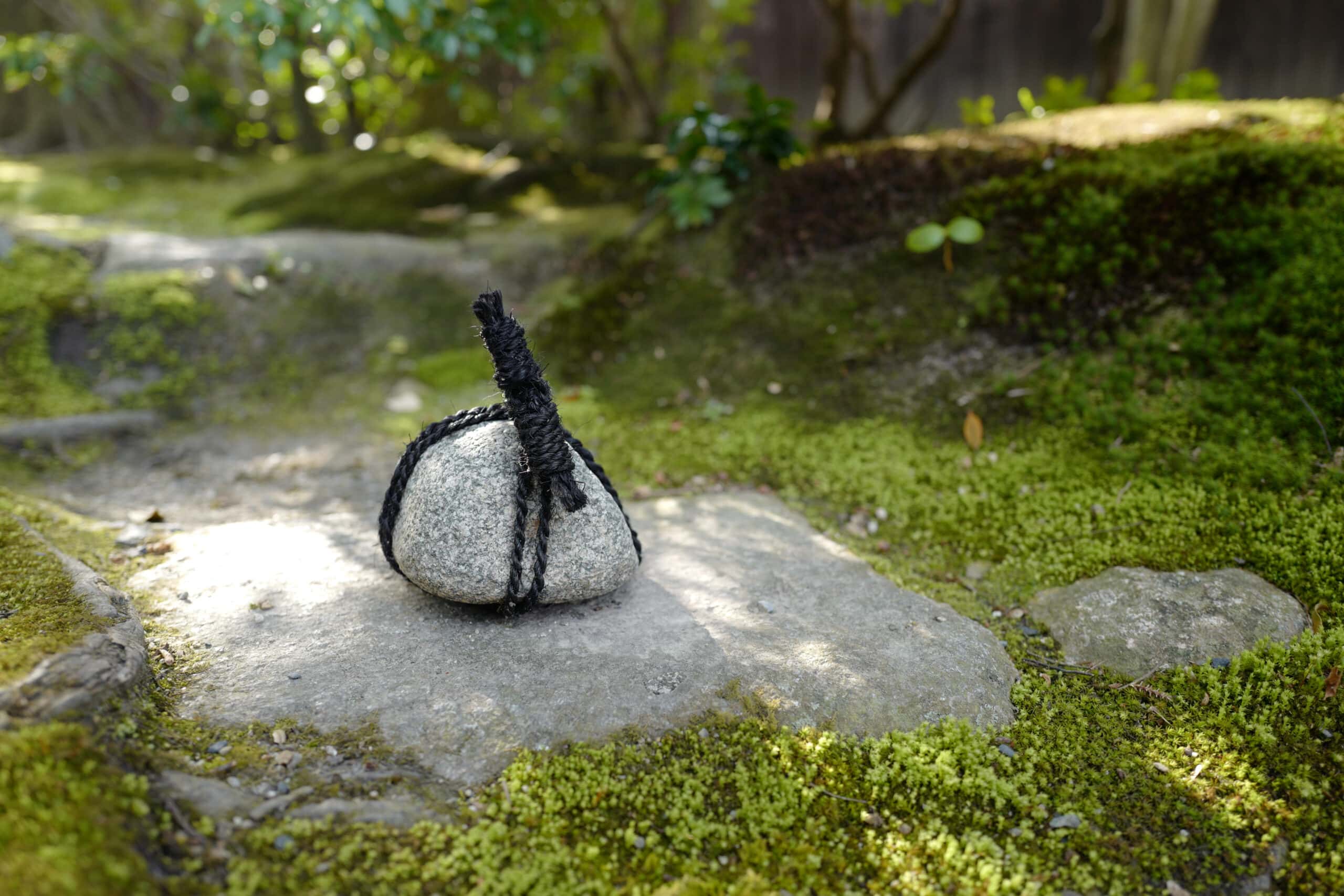
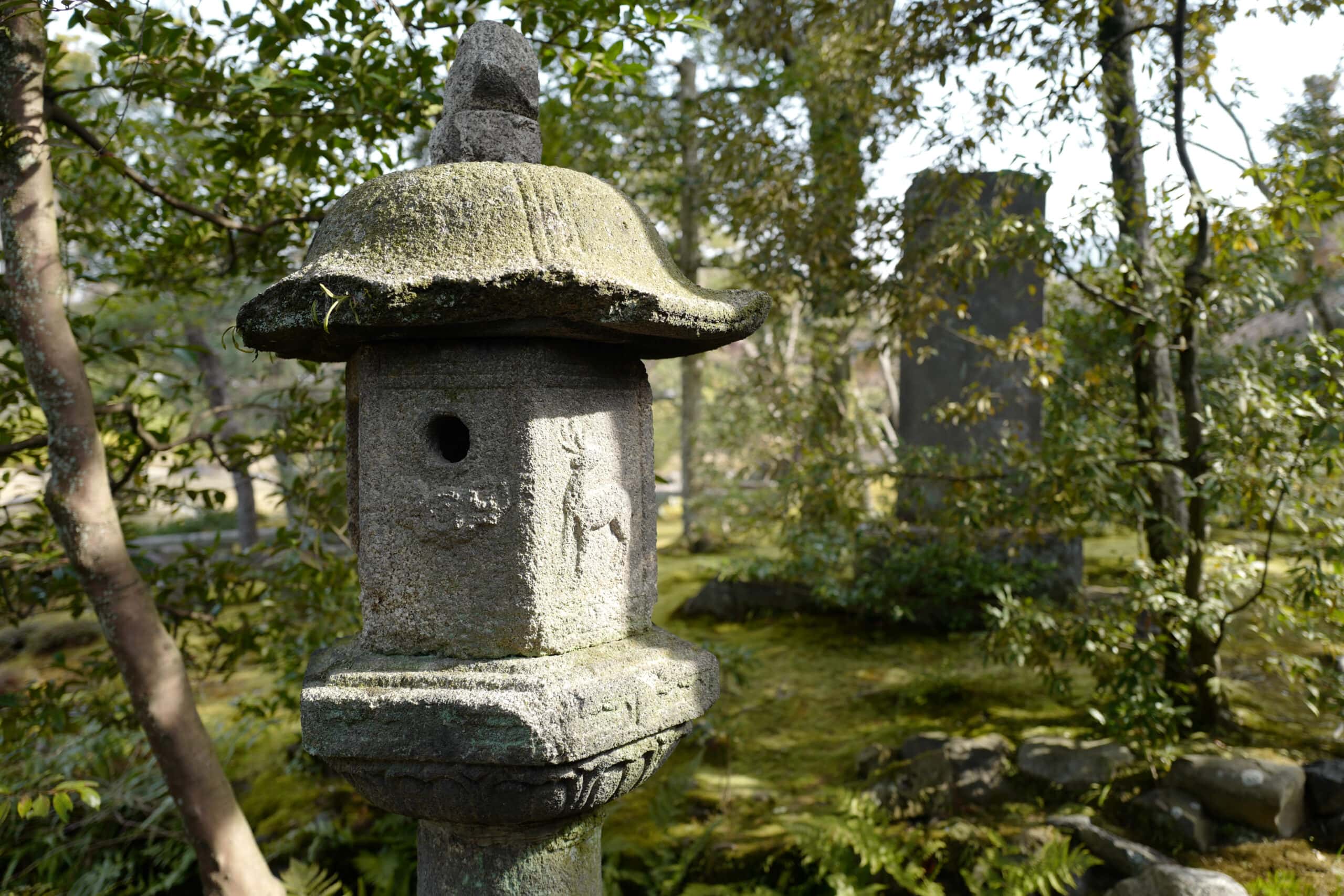
Whilst gardens in Kyoto are famed for their moss, Marquis Yamagata preferred grass. Due to the high-humidity environment, however, the moss soon won out after the garden was completed. Today, there are over fifty species of moss in the garden that are meticulously well groomed.
It is also splendid to have flowers whose names I do not even know blooming amid the lush moss.
Yamagata Aritomo
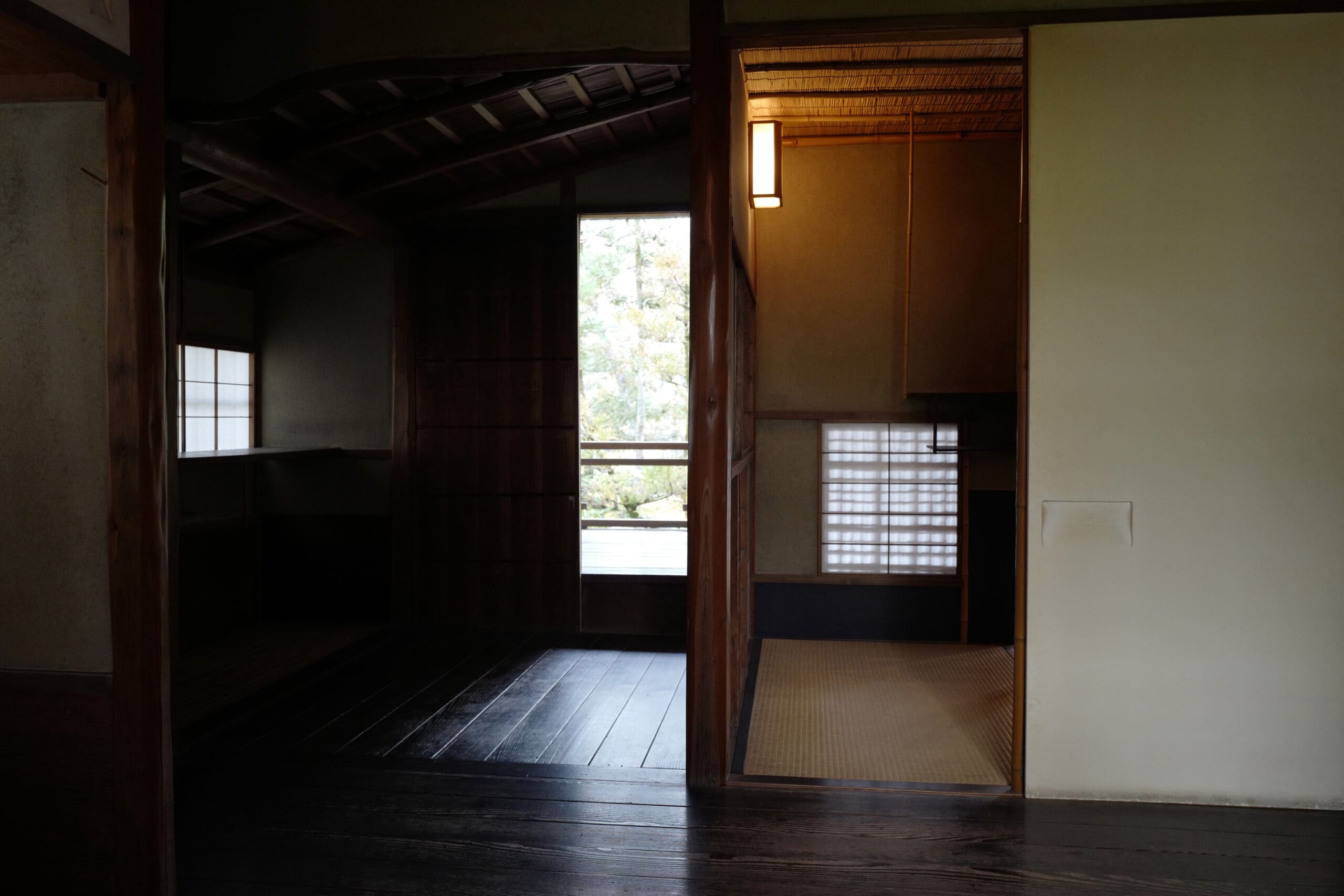
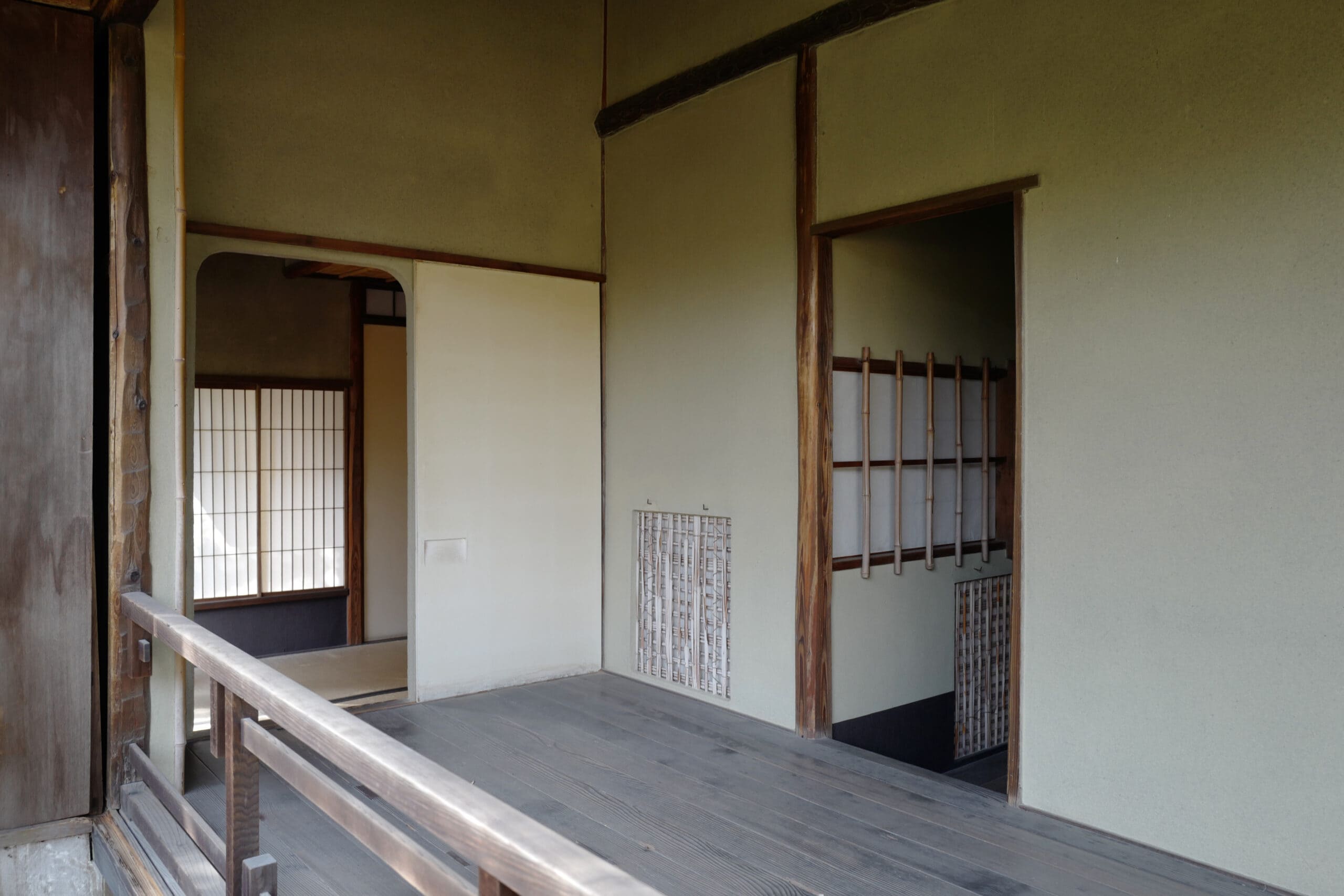
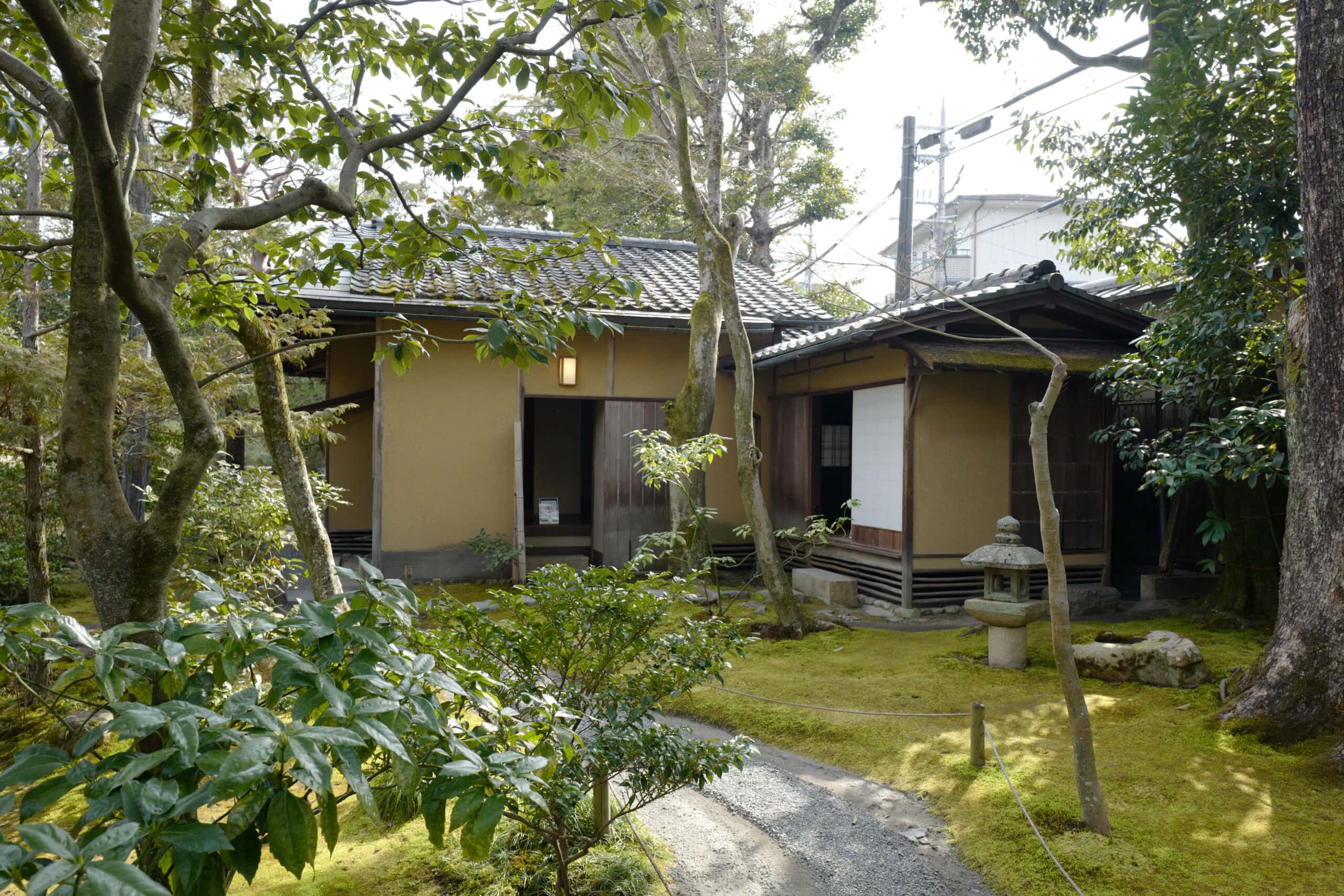
To one side of the garden stands an understated building that is a replica of the En-an, a famous teahouse belonging to the Yabunouchi school of tea ceremony that the seventeenth century tea master Furuta Oribe (古田 織部) is said to have treasured.
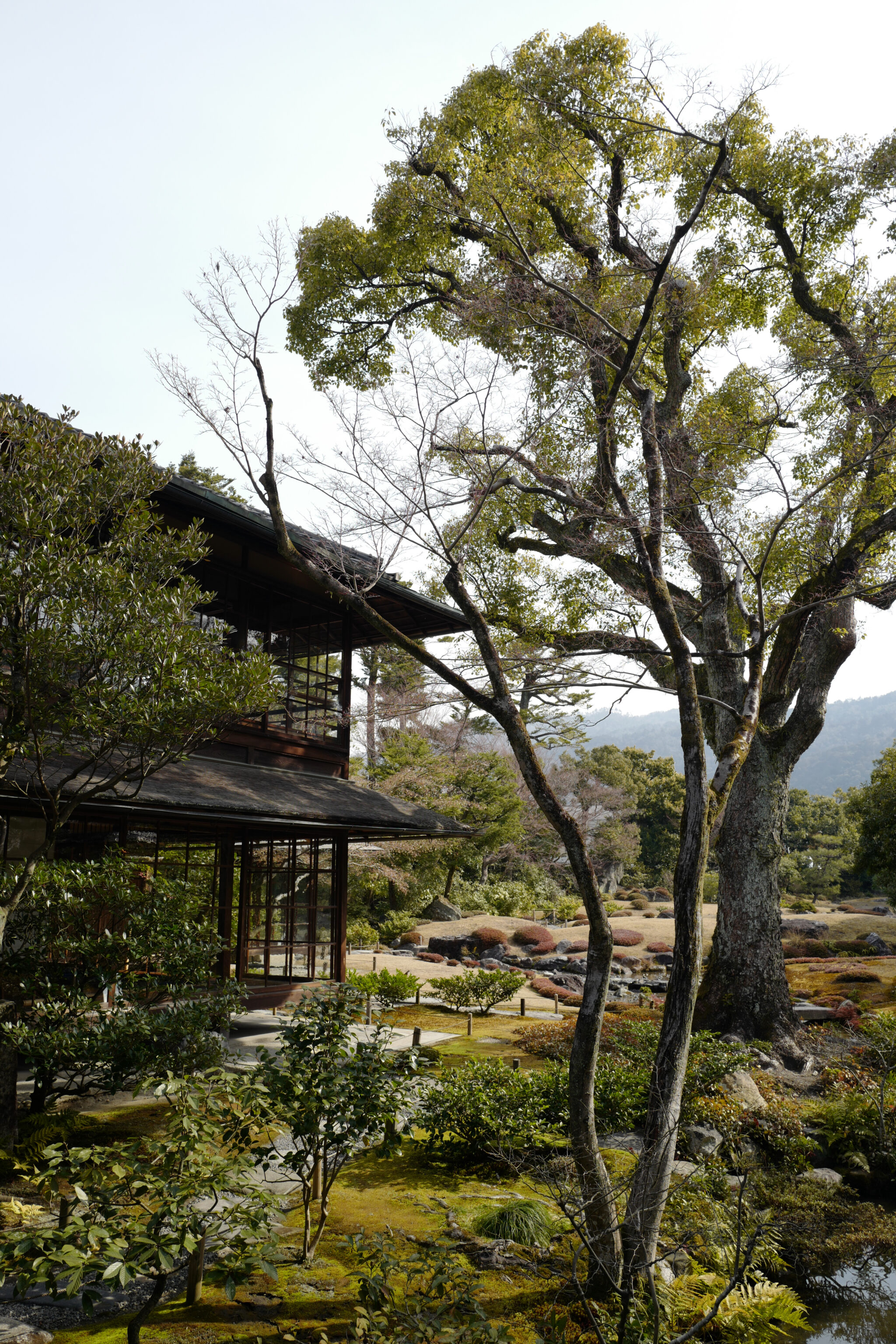
As you’ll have gathered by now, the whole place is just incredibly beautiful so no wonder that in 1951, Murin-an was designated a National Place of Scenic Beauty.
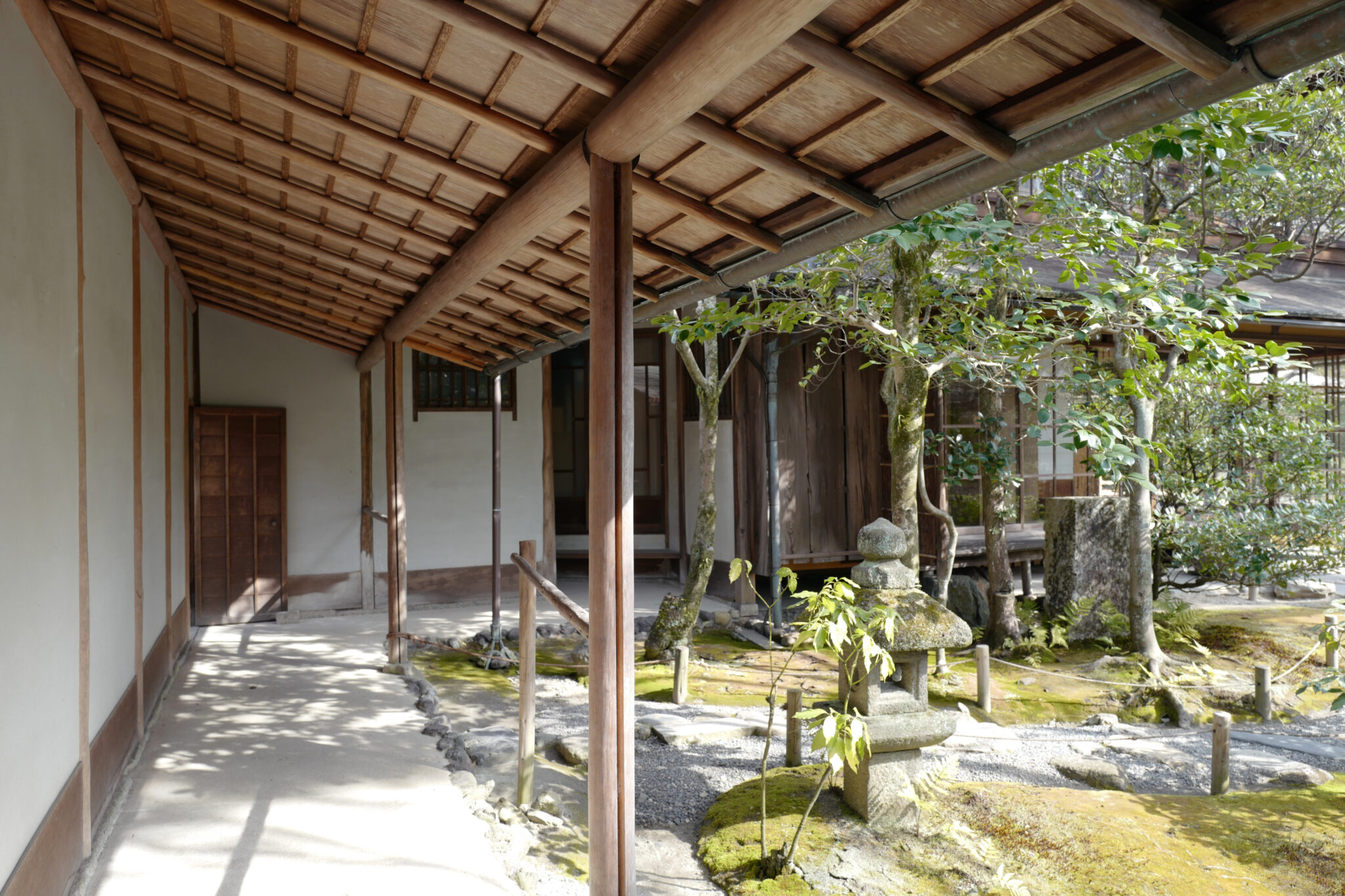
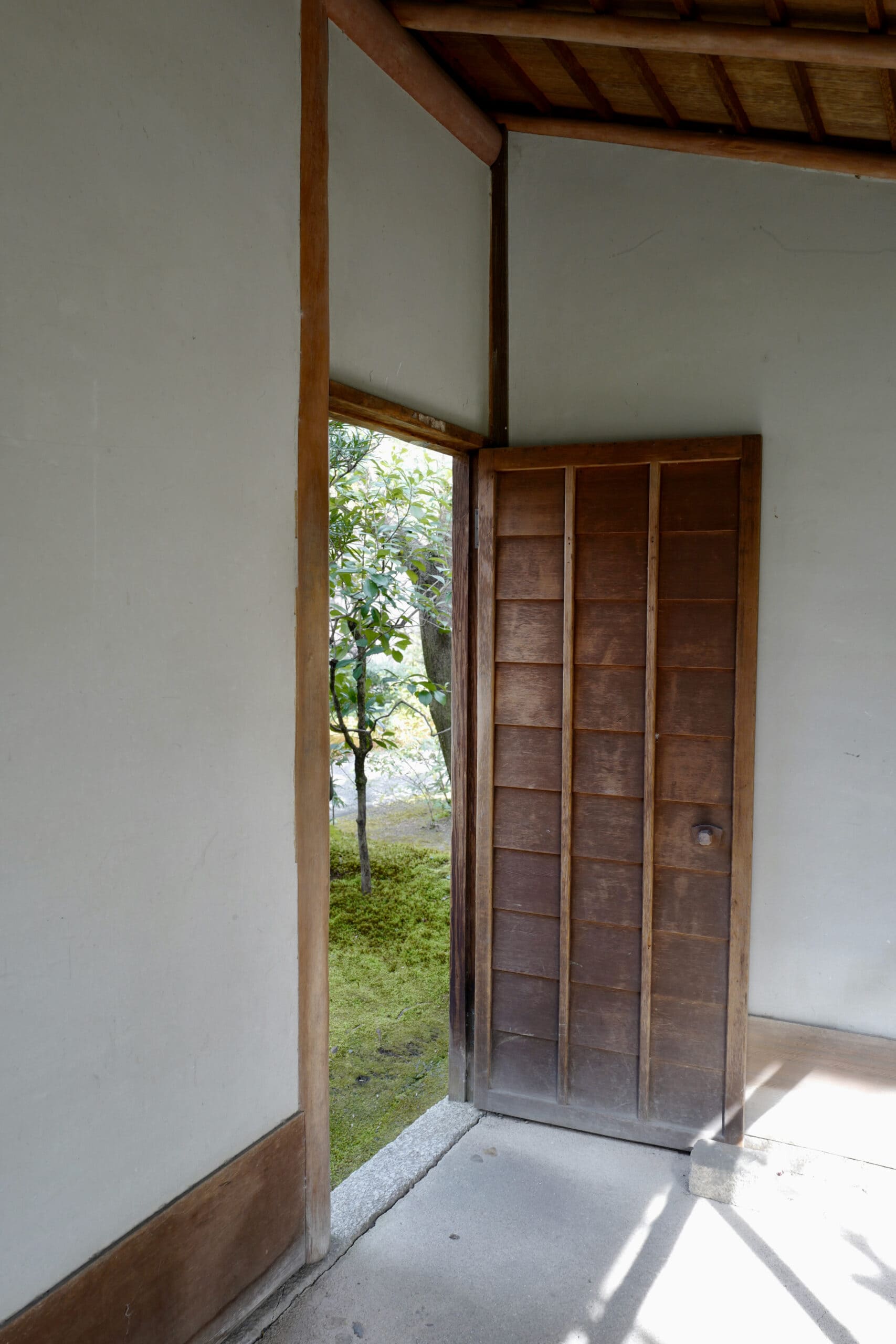
It’s well worth taking your time to explore this jewelbox of a garden.

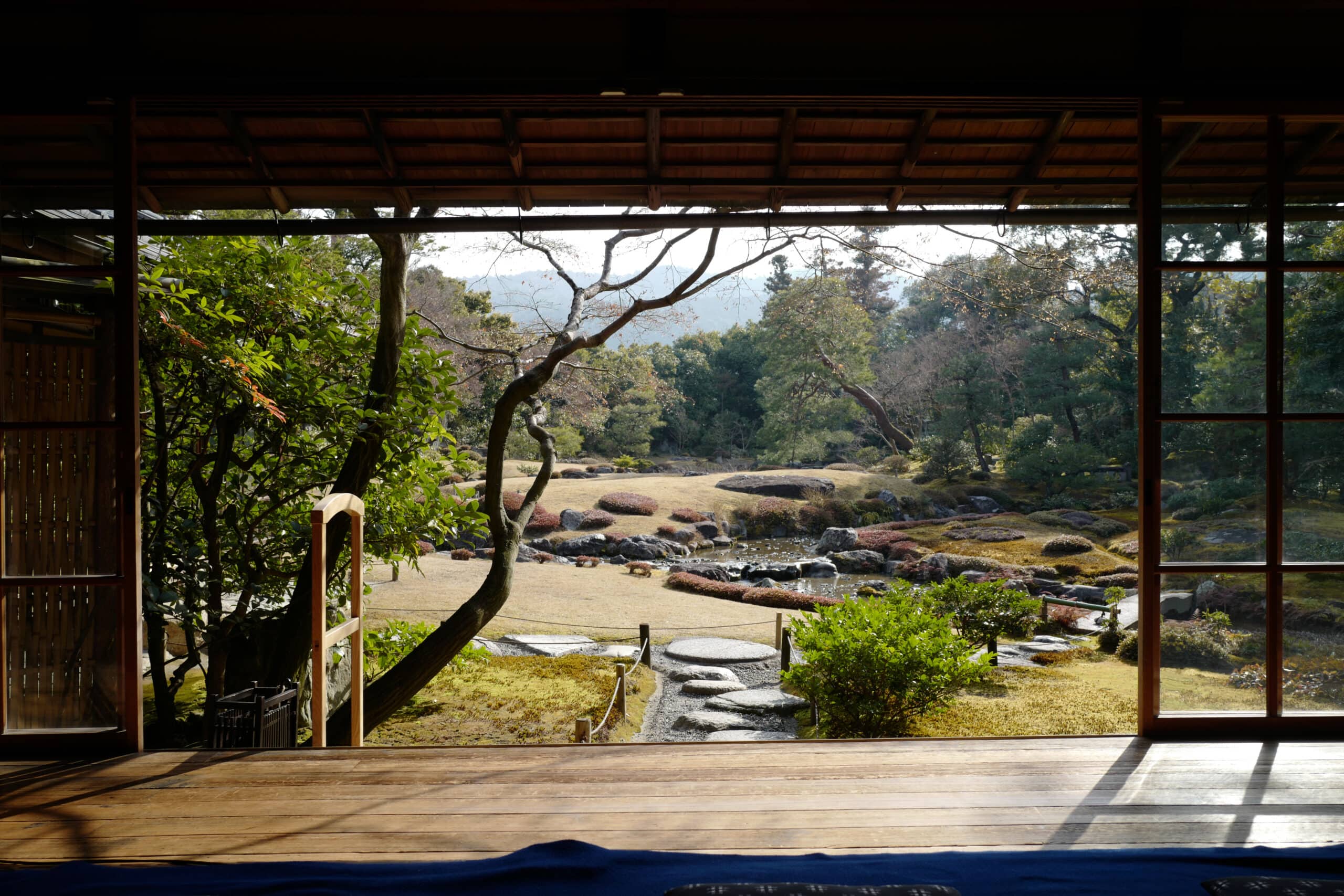
Reply